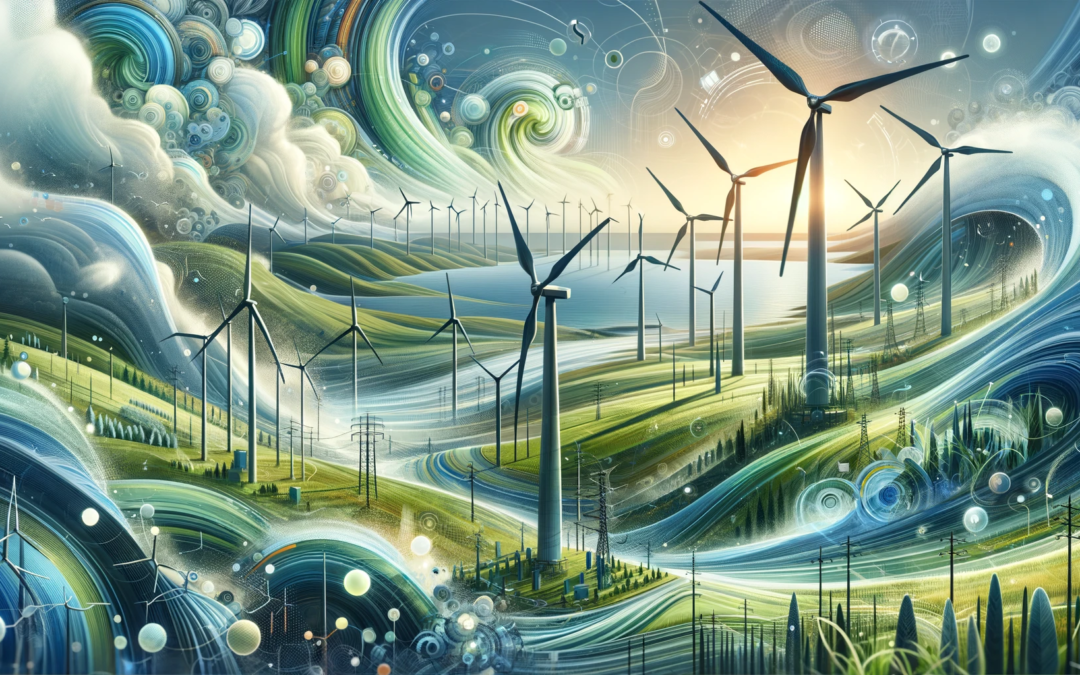Wind energy, hailed as a clean and renewable source, plays a crucial role in the global shift towards sustainable power. However, like all technologies, wind turbines face their own set of efficiency challenges. This article explores the various factors that affect the efficiency of wind turbines and the ongoing efforts to optimize their performance.
The Fundamentals of Wind Turbine Efficiency
Wind turbines convert the kinetic energy of wind into electrical power. The efficiency of this conversion process is influenced by several factors, including the design of the turbine, the quality of the wind resource, and the turbine’s operational environment. Theoretically, the maximum efficiency a wind turbine can achieve is capped by Betz’s Law, which states that no turbine can capture more than 59.3% of the kinetic energy of the wind.
Key Efficiency Challenges
Inconsistent Wind Speeds: One of the most significant challenges for wind turbine efficiency is the variability of wind. Wind speeds can fluctuate greatly, affecting the turbine’s ability to generate power consistently. Turbines require a minimum wind speed to start generating power and can be damaged by excessively high winds.
Location and Siting Issues: The efficiency of a wind turbine is heavily dependent on its location. Factors such as altitude, terrain, and nearby obstacles can significantly impact the wind flow, and consequently, the turbine’s performance.
Aerodynamic Limitations: The design of the turbine blades plays a crucial role in capturing wind energy. Inefficiencies in blade design can lead to energy losses. Additionally, as blades rotate, they can create turbulence and reduce the efficiency of nearby turbines, an issue known as ‘wake effect’.
Mechanical and Operational Limitations: Wind turbines are subject to wear and tear, which can reduce their efficiency over time. Regular maintenance is required to keep them running optimally. Additionally, the conversion of mechanical energy into electrical energy involves some loss of efficiency.
Technological Advancements and Solutions
Innovations in Blade Design: Engineers are continually developing more aerodynamically efficient blade designs to maximize energy capture. The use of advanced materials can also reduce blade weight and improve durability.
Smart Turbine Technology: The integration of smart technology allows for real-time data analysis and the adaptive operation of turbines. This can optimize their performance based on changing wind conditions.
Improved Site Assessment Tools: Advanced tools and software are being developed for better site assessment, ensuring turbines are installed in locations with optimal wind conditions.
Research on Wake Effect Mitigation: Studies are ongoing to understand and mitigate the wake effect. Strategies include optimizing the spacing and orientation of turbines within a wind farm.
Conclusion
While wind turbines face various efficiency challenges, ongoing research and technological advancements are steadily improving their performance. Addressing these efficiency issues is crucial for maximizing the potential of wind energy, a key component in the transition to a sustainable energy future.










